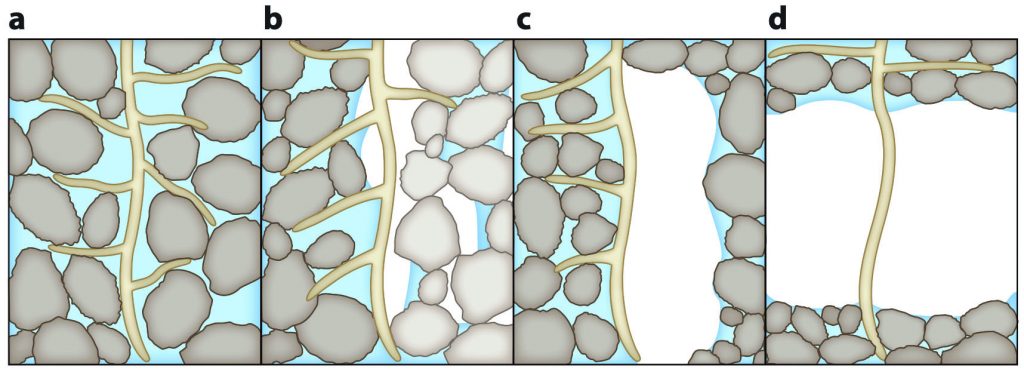
Review: Developmental responses to water and salinity in root systems ($) (Annu Rev Cell Biol)
Plant Science Research WeeklyPlants lack organs that are analogous to human ears, eyes or fingertips, yet they can detect changes in their environment. In this review, Dinneny describes how sensing heterogeneities in salt and water leads to changes in root architecture, optimizing soil foraging. The root tip typically follows the…
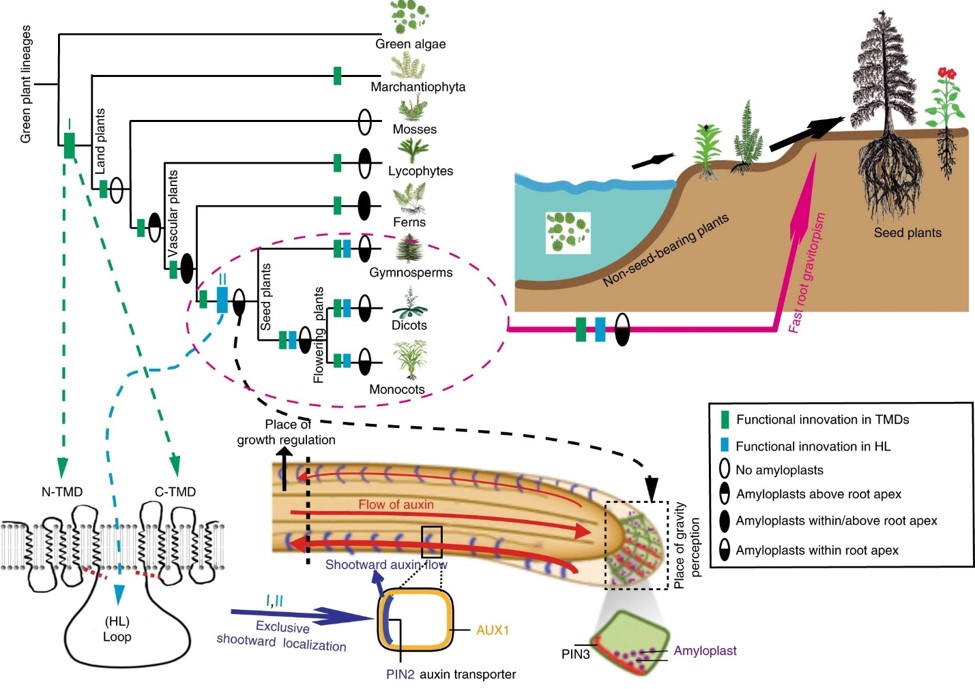
Evolution of fast root gravitropism in seed plants (Nature Comms)
Plant Science Research WeeklyPlants’ invasion of land was accompanied by the evolution of a root system which in seed plants includes a fast gravitropic response. Gravitropism occurs through three distinct steps – (1) gravity perception by dense starch-filled amyloplasts, (2) transmission of gravitropic signal by auxin through…
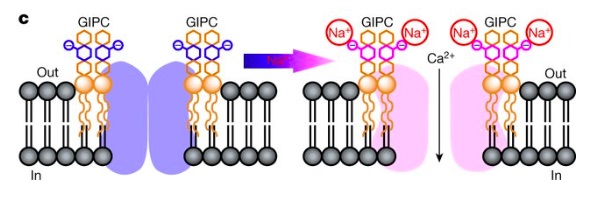
Plant cell-surface GIPC sphingolipids sense salt to trigger Ca2+ influx (Nature)
Plant Science Research WeeklySoil salinity is one of the most important global problems that negatively affect crop productivity. Jiang et al designed a forward genetic screen in A. thaliana to identify the specific ionic response triggered by salt stress. They mutagenized plants expressing the genetically encoded Ca2+ sensor aequorin,…
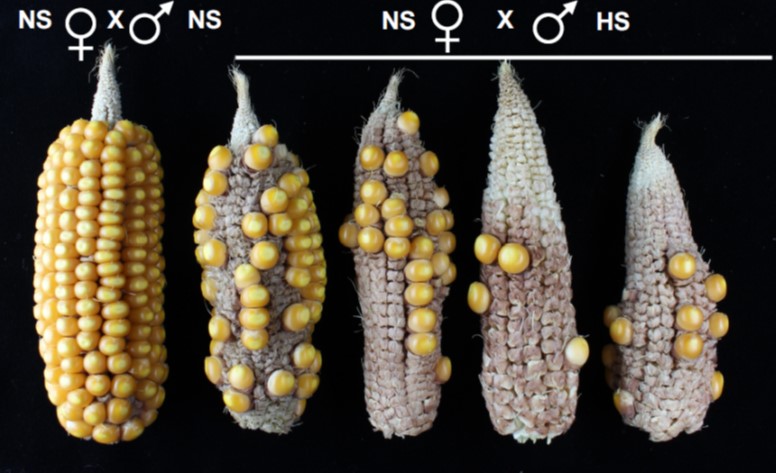
Male sterility in maize after transient heat stress (Plant Physiol)
Plant Science Research WeeklyThe corn we eat is a seed, which is a product of fertilization. It is widely known that corn yields are highly susceptible to abiotic stress conditions that occur during the repdroductive stage of development. Begcy et al. used a metabolomic / transcriptomic approach to understand why transient heat…

Development of drought tolerant breeding lines derived from Helianthus annuus × H. argophyllus interspecific crosses (Plant Breeding)
Plant Science Research WeeklyDue to climate change, drought stress is threatening sunflower yield, and phenotypic diversity could be the solution. Here Hussain et al. studied the introgression of silver canopy traits related to lower excised leaf water loss (high cuticular waxes, intense hairiness, and smaller leaf area) from the…

Plasma membrane-associated receptor like kinases relocalize to plasmodesmata in response to osmotic stress (Plant Phys)
Plant Science Research WeeklyPlasmodesmata are channels through the cell wall that allow molecules and substances to move back and forth as needed; they also play a central role in growth, development and defence of all higher plants. In this study, Grison et al. describe the rapid relocation to the plasmodesmata pores of two plasma…

Root system depth is shaped by EXOCYST70A3 via modulation of auxin transport (Cell)
Plant Science Research Weekly
The angle at which roots grow into the soil is modulated by the interaction between genetics and environment, and involves the gravity perception and response pathways including auxin transporters. Ogura et al. did a GWAS analysis of the gravitropic response of different Arabidopsis accessions in…
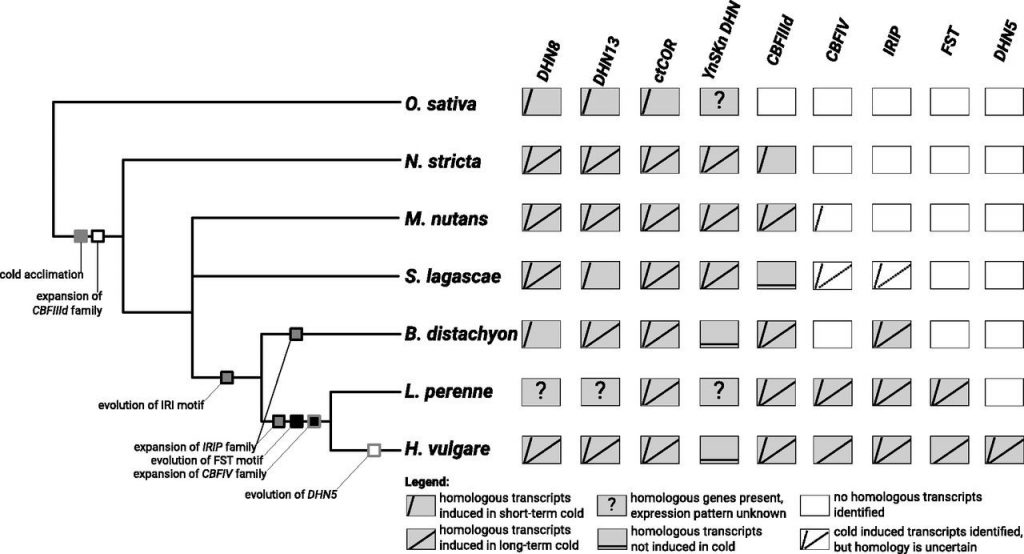
Evolution of cold acclimation in the temperate grass subfamily Pooideae (Plant Physiol)
Plant Science Research WeeklyIn the grass family (Poaceae), the subfamily Pooideae, which includes economically important species like wheat, barley and forage grasses like ryegrass, dominates cold temperate habitats, although the ancestors of this group probably were adapted to tropical climates. Schubert et al. investigated the…
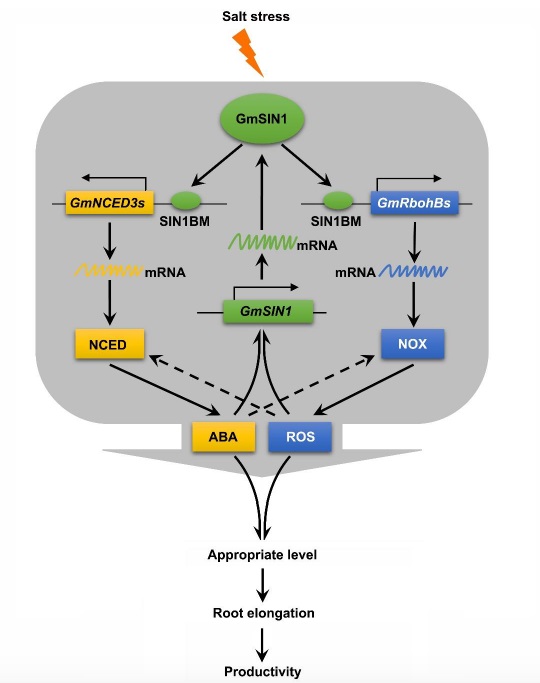
A signal amplifier that regulates soybean root growth in response to salt stress (Plant Cell_
Plant Science Research Weekly
The balance between environmental stress tolerance and plant growth is an important research topic. Plant responses vary among species and varieties, but also with the growth environment. Soil, water, and environmental factors interact to affect plant growth responses to soil salinity. To engineer…

